There’s a chance you might get quarantined in the near future. COVID-19 is starting to affect all parts of society — from the highest reaches of governments to sports to Hollywood to everyday folks just going about their business. It’s gotten very real very fast. In situations like this, calm and preparedness is the best approach. You don’t need to prep for armageddon, but it’s not going to hurt to stock up on a few items (within reason) either.
One huge point that needs to be said upfront: If you require regular medication, please phone your doctor and ask for backups ASAP. It’s probably not a bad idea to stock up on feminine hygiene products if you need them. Don’t forget to get some extra condoms too (people are already predicting the post-corona baby boom). Once you have those basics in hand, it’s time to start thinking about the other essentials that’ll help you get through a 14 or more day quarantine should you find yourself sequestered.
Below, we put together a list of the basics that’ll help you get ready for some serious time indoors. Let’s get to it.
GET READY TO CLEAN … A LOT
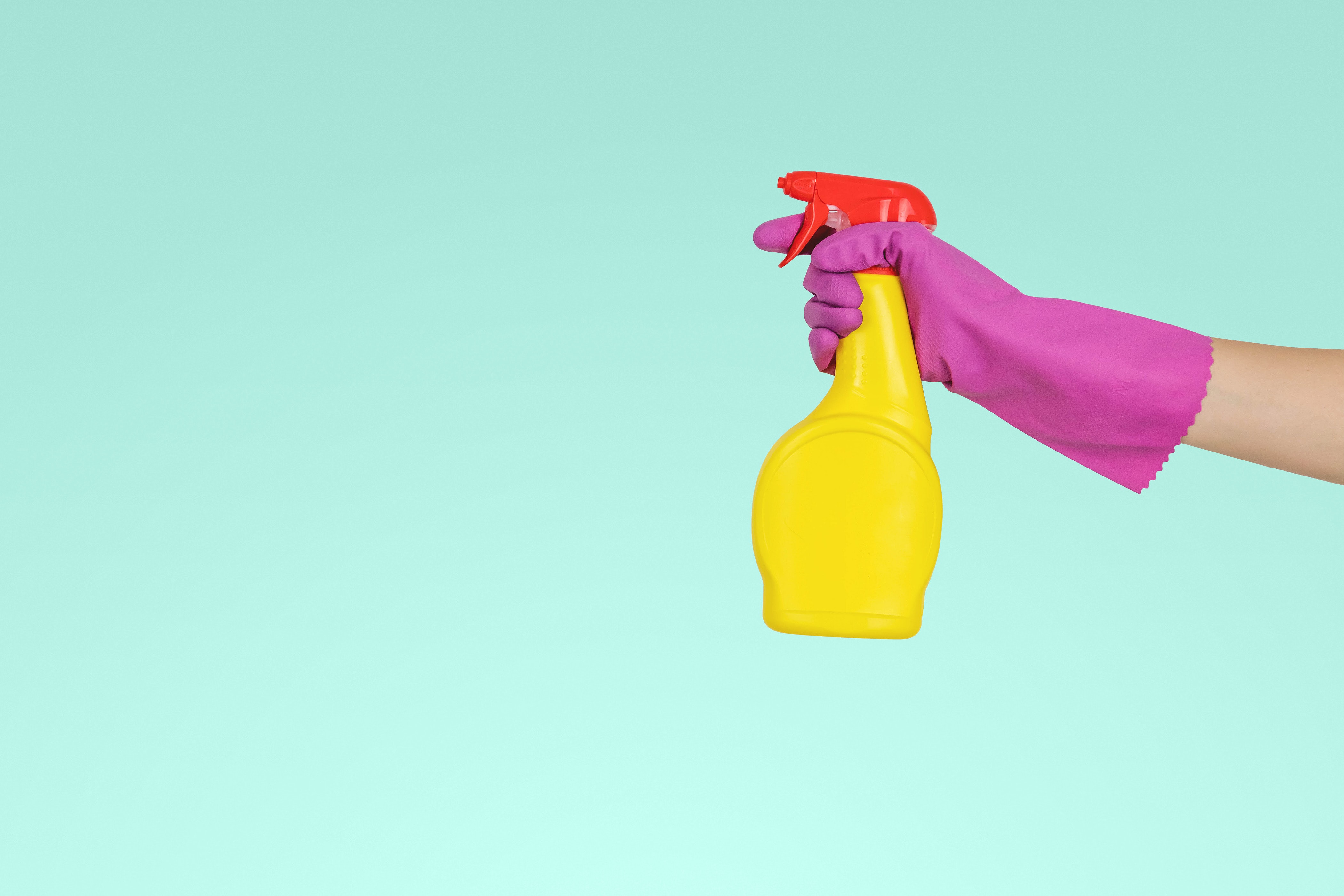
First and foremost, you need to keep things very clean. The CDC recommends that you “clean frequently touched surfaces and objects daily (e.g., tables, countertops, light switches, doorknobs, and cabinet handles) using a regular household detergent and water.”
The fringe benefit of this is that it actually gives you something to do. It’s worth stocking up on some rags, disinfectant, soap, mop and bucket (if you don’t already have one), brushes, brooms, and heavy cleaning gloves (don’t screw over your skin). Quick tip, if you’re looking for cleaning supplies, but your grocery store or drug store is already wiped out, hit up a Home Depot or Lowe’s (or any hardware store). They’ll have cleaning supplies too and aren’t the first places people think of to shop for these items.
What disinfectants should you buy? The CDC has a handy list of all the products available in the U.S. that’ll get the job done. You can read the whole PDF here.
It will also be a very good idea to do some serious laundry. Outerwear like jackets, all your bedding, recently used towels, any dirty clothes, scarves, gloves, hats, blankets, etc. should all get a fresh launder. We know this sounds like a lot of work, but again, this will give you something to focus on for a day or two. Plus, folding stuff and binging Netflix go hand-in-hand, right?
WATER
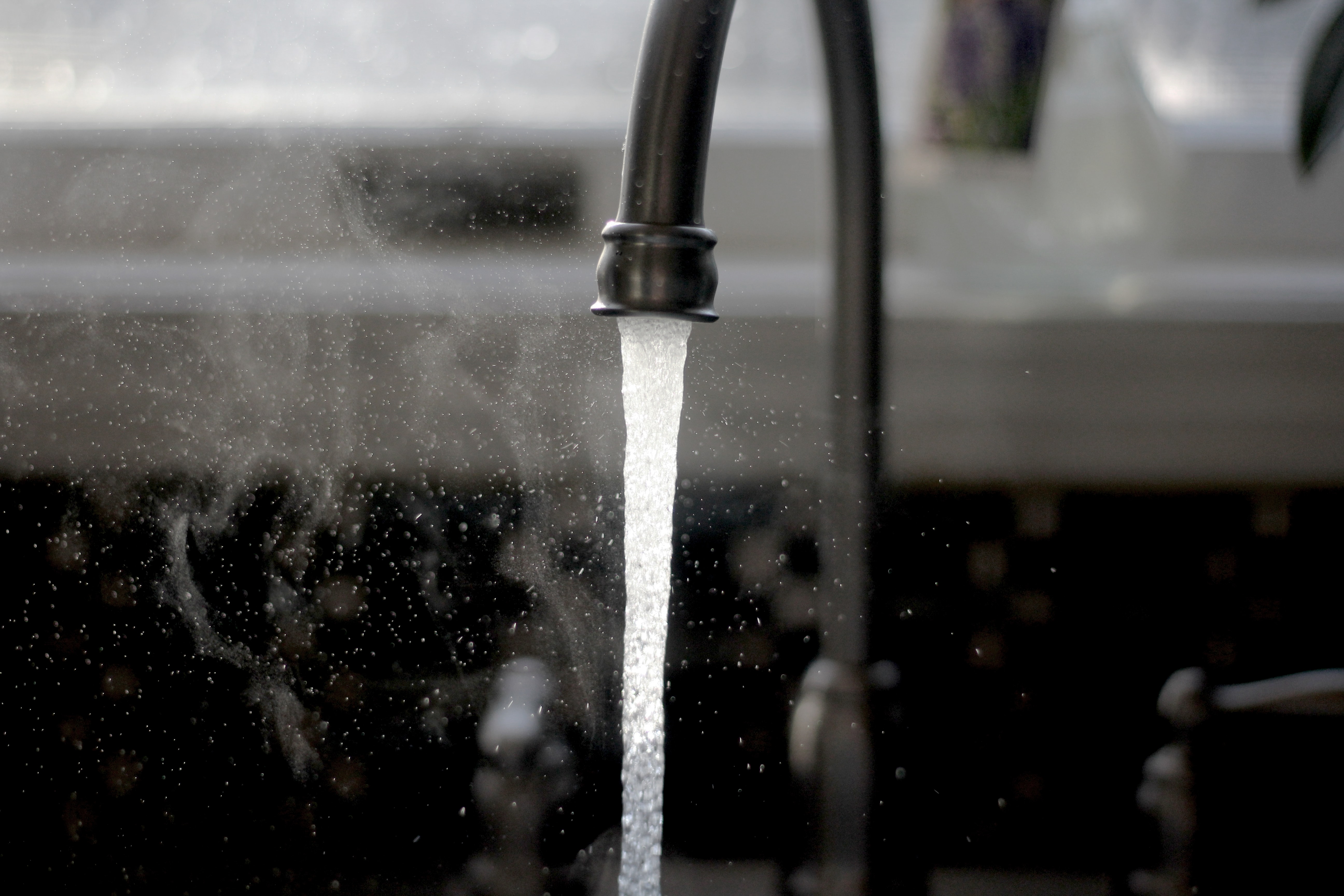
Most medical advice denotes that each adult needs around one-gallon of water per day to stay healthy. Now, that doesn’t mean you need to down a gallon of water on its own. Drinking tea, coffee, oat drink, orange juice, and other drinks will count towards that intake. Even one 12-ounce beer will count towards that gallon. However, any alcohol excess will force your body to push out water, thereby dehydrating you. So really reign in the alcohol intake if you want to stay healthy and hydrated.
For now, tap water is perfectly potable for over 90 percent of Americans. Charcoal filters, like Brita, can be utilized if you’re paranoid. But really, tap water is probably fine. If, for whatever reason, the tap water does not remain potable, you have a few options. Stocking up on bottled water may be one option. But one-gallon per day gets expensive, heavy, and space-consuming very quickly. You can get both water testing kits and water purification systems at places like REI or any other camping goods store directly from the shelf.
Here’s a handy list of tried and tested water testing kits. Here is a list of water treatment kits that REI carries and other stores carry too. If your water does become unstable, you can sterilize water by boiling it. The EPA recommends that you first filter cloudy water through a coffee filter or cloth. Then bring the water to a full boil for a solid 60 seconds. Increase that time to three minutes if you live above 2,000 ft. Let the water cool and store it in a sealed container.
FOOD
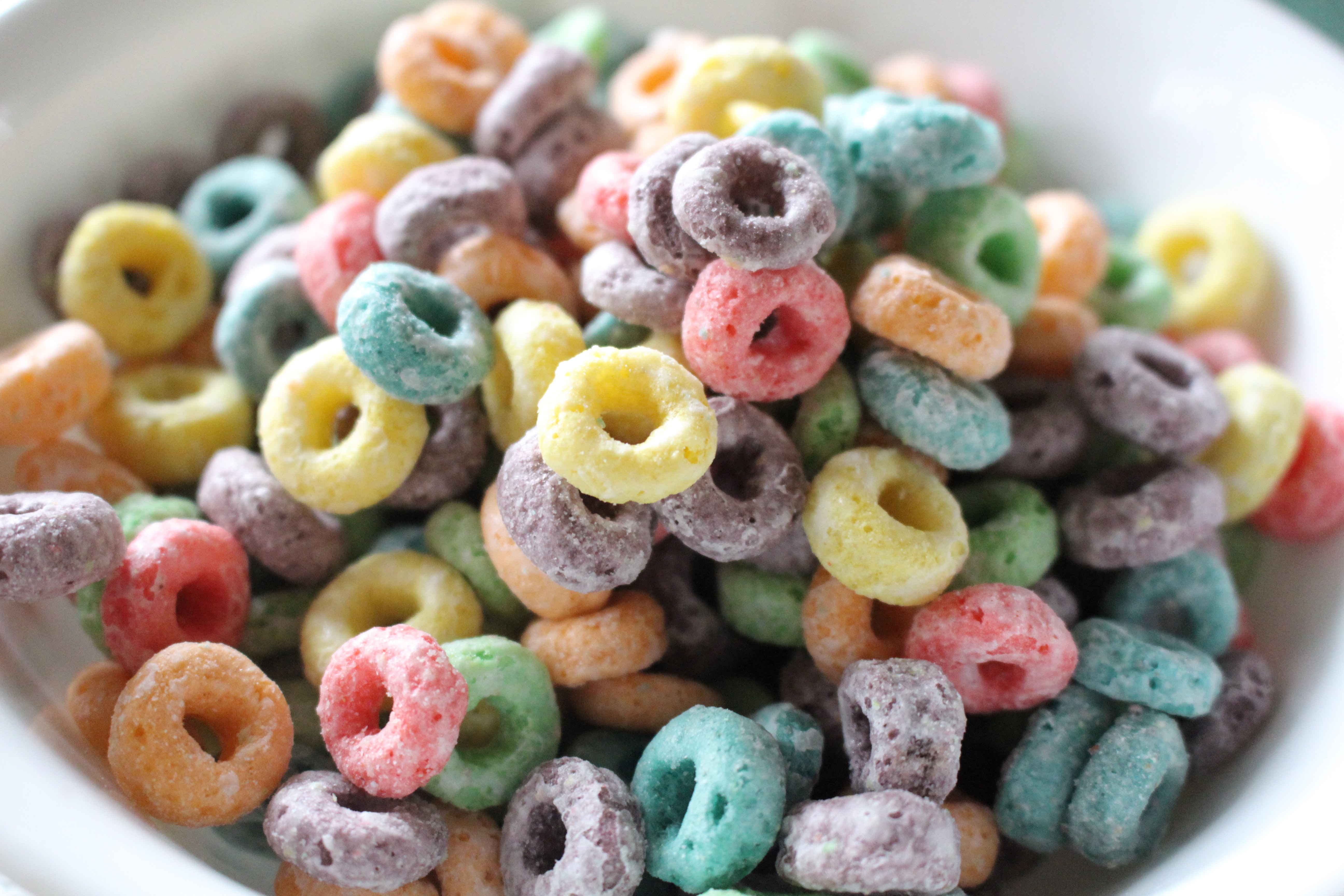
What you need is going to vary wildly. Our biggest recommendation is going to be to keep things simple. This will help keep stress levels down and meals easy. Dried goods like rice, beans, and legumes are a cornerstone to sticking to that ethos. Dried beans have a great shelf life and provide a long list of nutrients when paired with rice or greens. Check out a recipe here for how to cook dried beans at home. It’d also be wise to buy some dehydrated chicken stock that you see in those big brown jars.
Rice is another great starch that’s gluten-free, will last, and has a lot of applications: Fried rice, rice pudding, steamed rice, rice cakes, chicken and rice, chicken soup with rice, and so on. Here’s a handy recipe for cooking rice on your stovetop at home.
It’s also important to have a few special meals in the chamber, our love of rice and beans aside. Freeze veg and fruit so you can have nice adds to breakfasts or smoothies or your rice. Get a nice big piece of meat and make a roast that’ll turn into sandwiches throughout the week. Maybe learn to make pasta from scratch with just flour and eggs. Don’t go crazy with experimentation but don’t leave yourself unchallenged. Don’t be afraid to cook things ahead like chicken breasts or spinach and freeze those for future use. Just makes sure you date everything so you know how long it’s been in the fridge or freezer. Generally speaking, use cooked food within seven days if it’s in the fridge and one to two months if it’s in the freezer.
It’d be wise to make a list of what you usually eat in a week and base what you need to shop for on that. Again, dried goods are your friend, last long, and bring the nutrients (maybe it’s time to get into lentils and quinoa?).
Lastly, please don’t forget to wash your hands before you cook and again before you tuck in.
EXERCISE
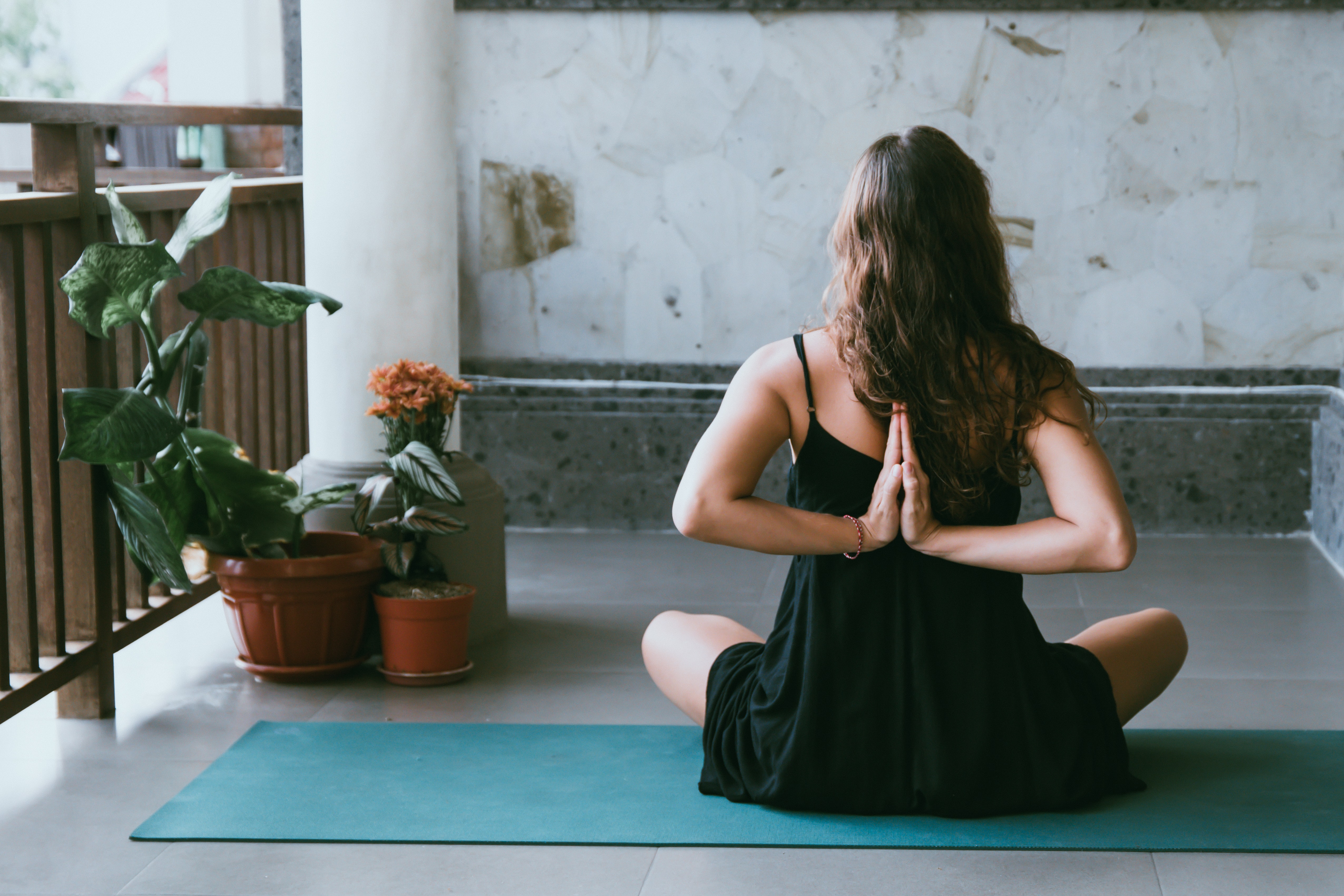
This is a tough one, especially if you’re used to going out for a run or hitting the hot yoga studio in your neighborhood.
Luckily, it’s 2020. There is an almost endless selection of workout videos on YouTube that covers every possible workout you can think of. Granted, you won’t be able to train for that marathon in your living room, but you can still stay active.
Simply type in “x exercise video” into any search bar and go. Just make sure you do something at least once a day. 20 minutes of yoga, 30 minutes of low-pressure stretching, an hour or Dancing to the Oldies, or whatever grabs you will help keep you busy, healthy, and pass the time.
MENTAL HEALTH
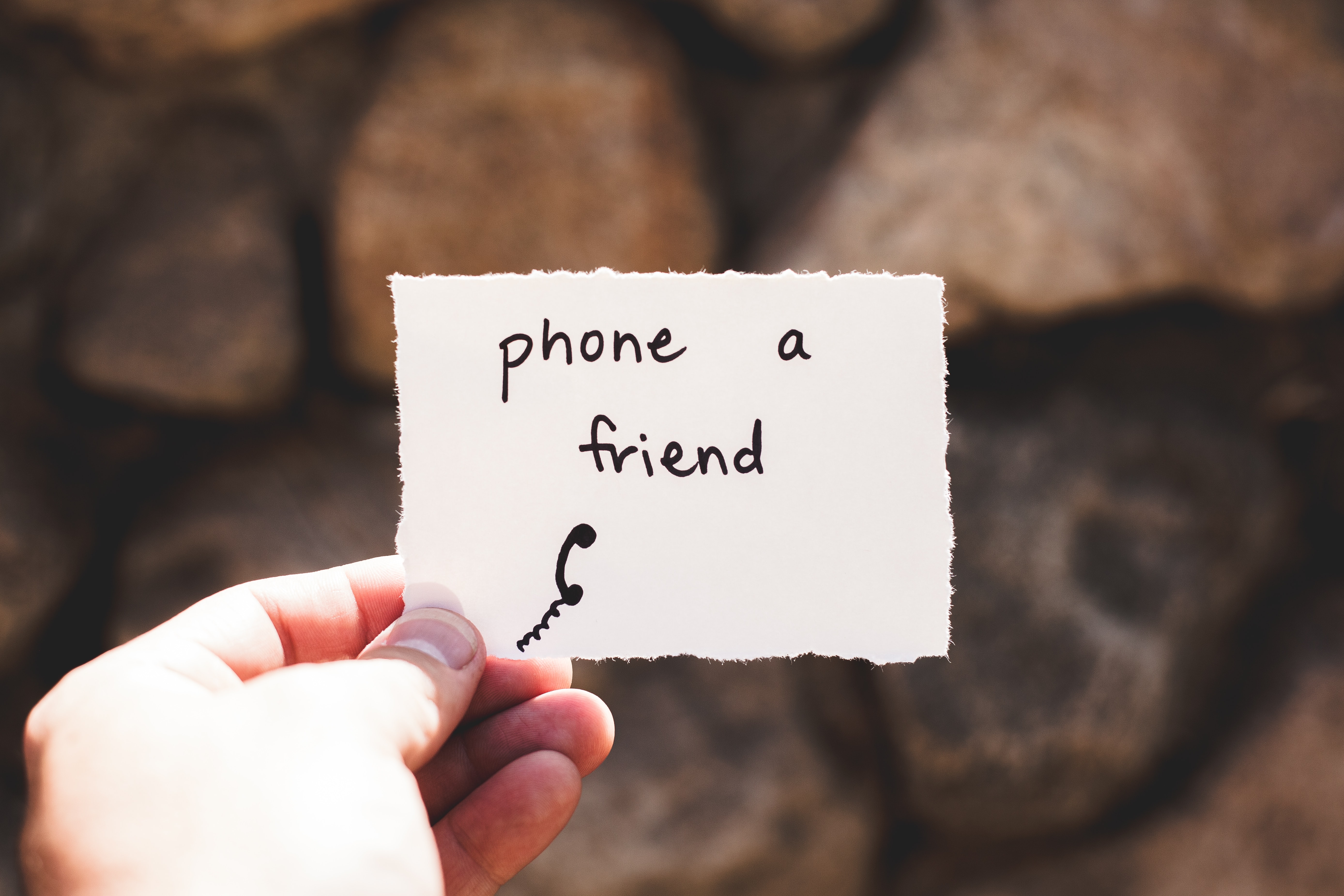
This is a tough one, whether you’re stuck at home with roommates, loved ones, or even by yourself. For the latter, please reach out to friends or family and talk to them at least once a day. This is so important that the CDC calls it out specifically. On the flip side, if you’re living with roommates, make sure you all have your personal space where you can disengage for a spell every day.
There’s nothing wrong with comfort binge-watching Friends or whatever again, but don’t forget to stimulate yourself. Download a book series, get into a podcast, maybe start that script you’re always threatening to write. The point is to set aside some time every day to do something that isn’t cleaning, cooking, worrying, exercising, or working.
In the end, the CDC really hammers home that you simply talk to the people you’re living with to make sure everyone is one the same page and getting the support they need. This is not the time to assume anything. Talk to each other, plan, and come to decisions together. We’re all in this together after all.







